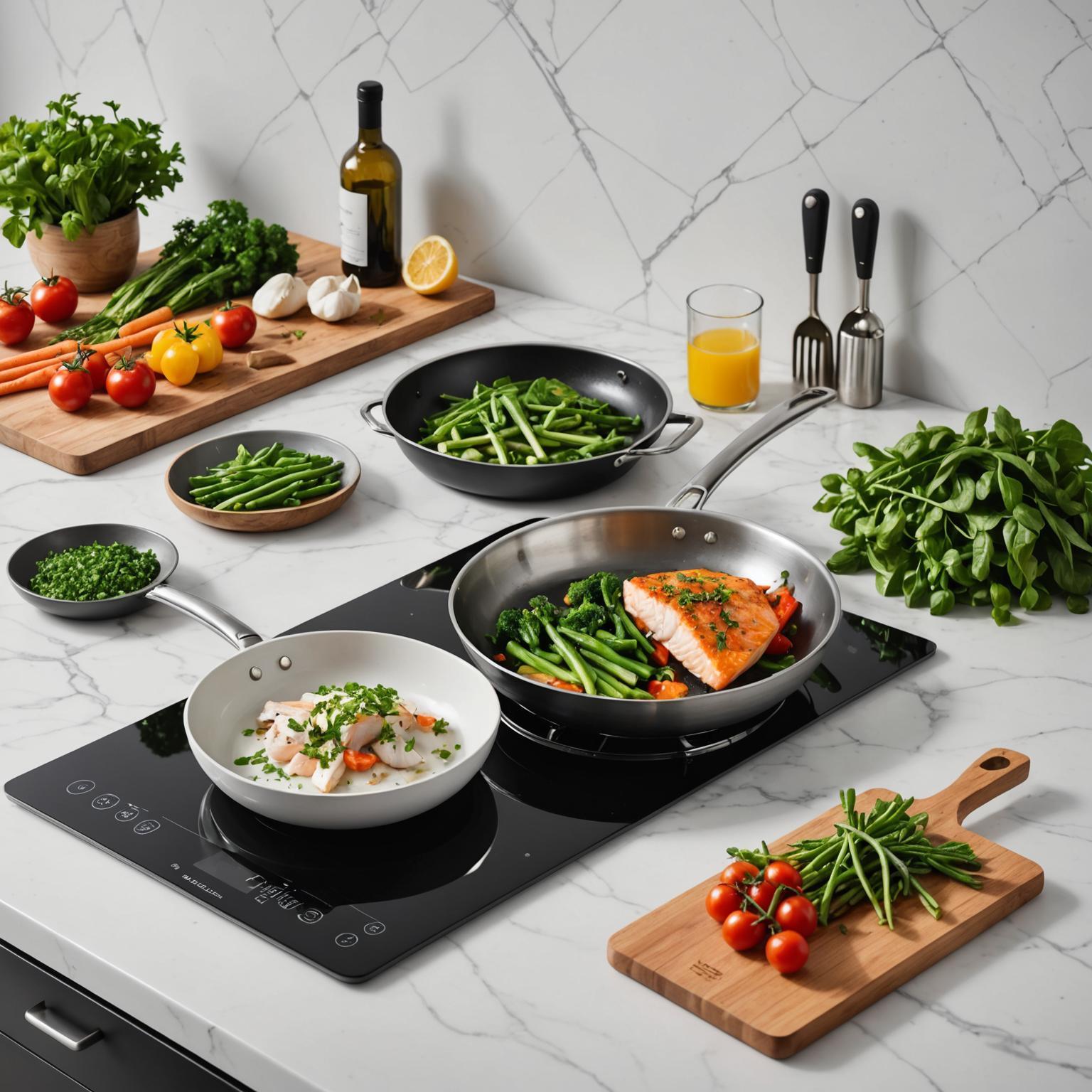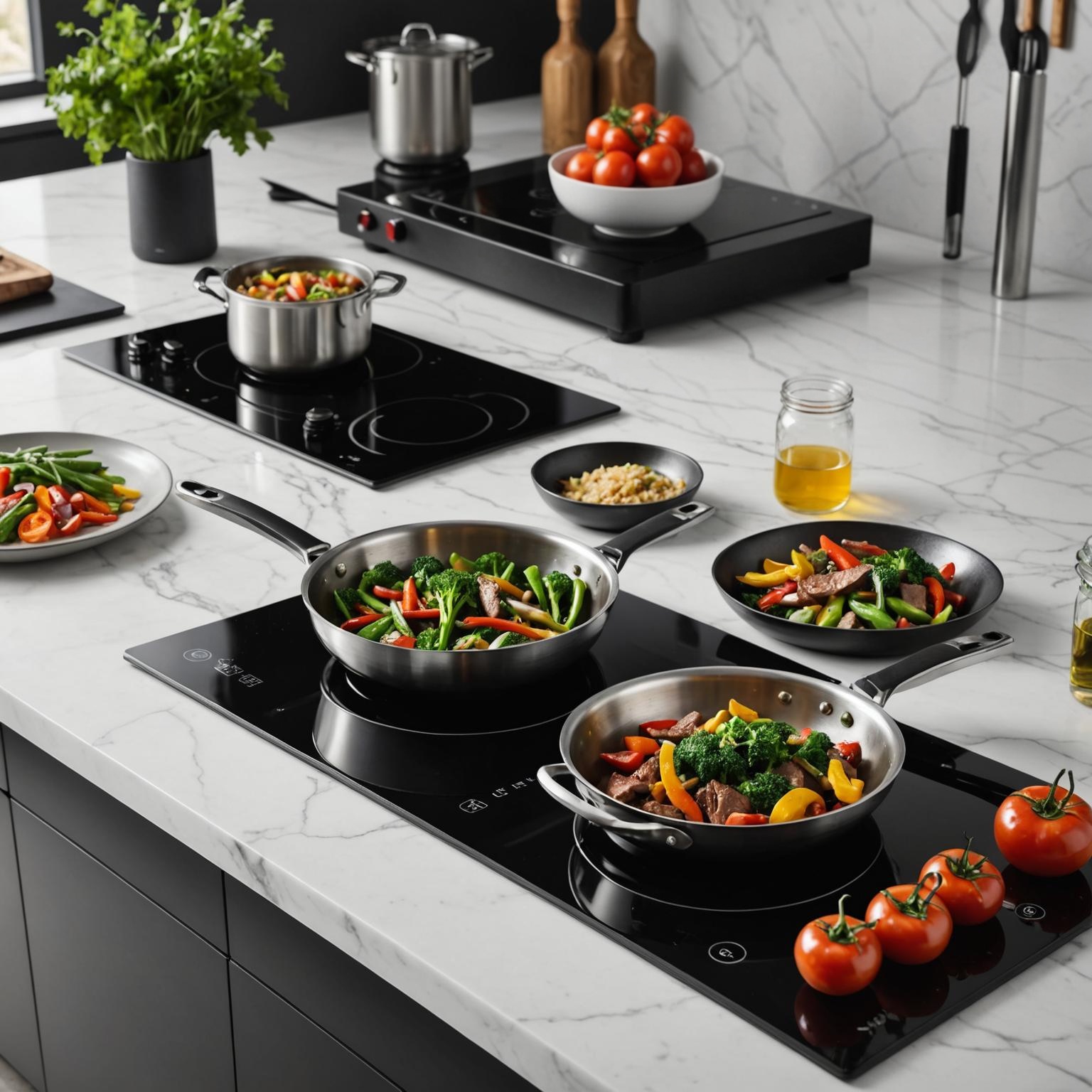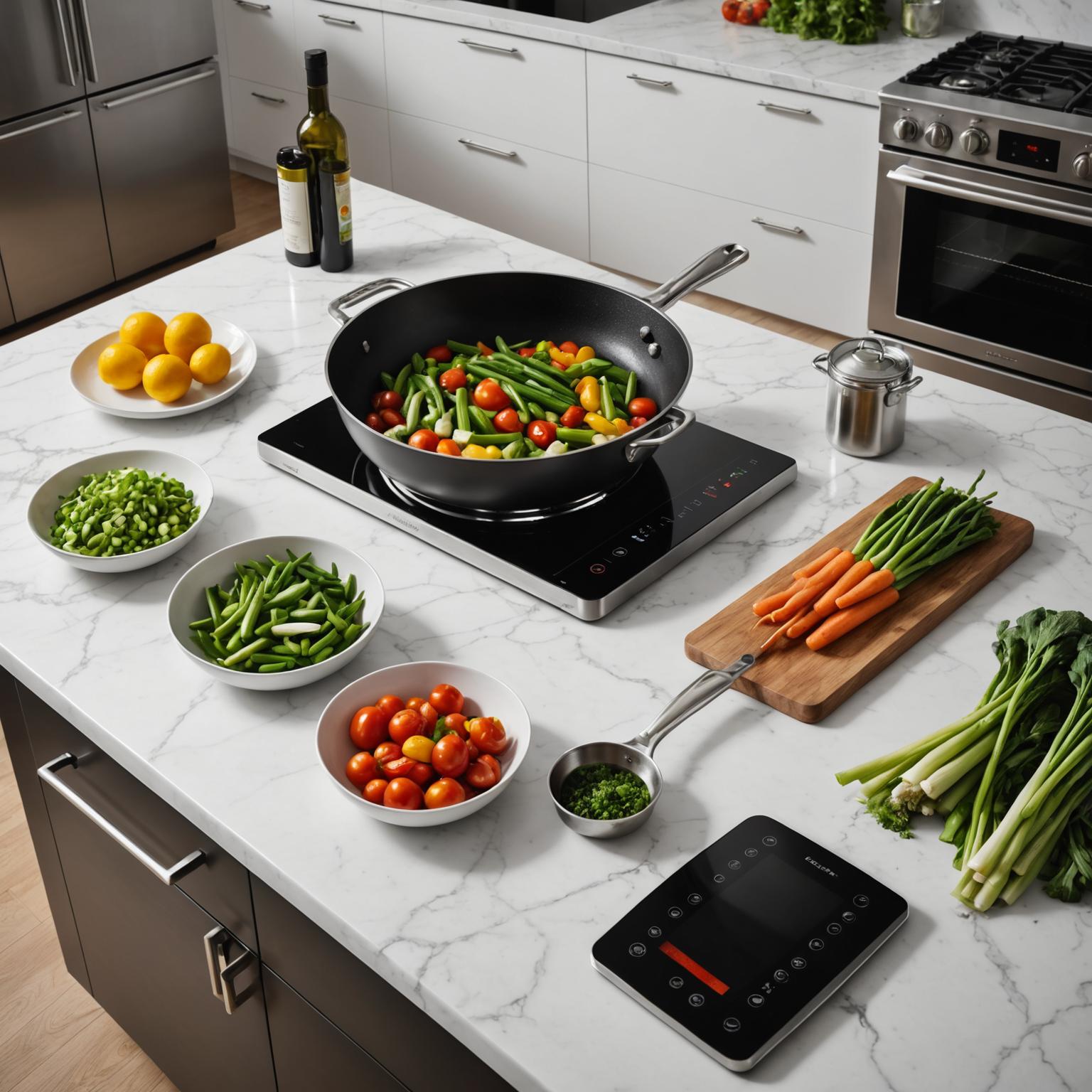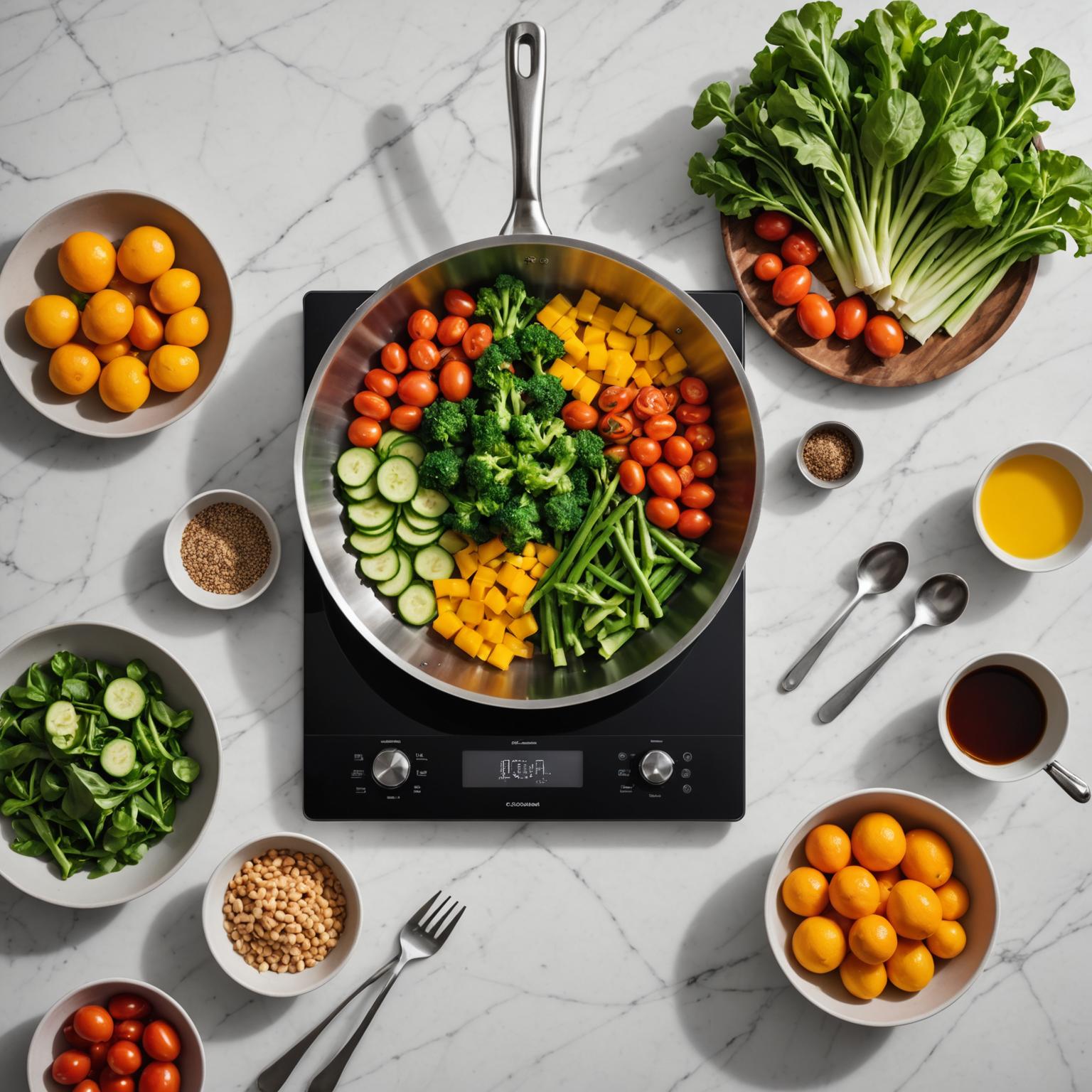
The heart of any kitchen is arguably the cooktop, where culinary magic happens. At the core of this essential appliance is the stove burner element, a component that has evolved significantly over the years. From the glowing red coils we grew up with to the invisible magnetic fields of modern cooktops, the technology behind how we heat our food is diverse and fascinating. Understanding the different types of burner elements is key to choosing the right appliance for your cooking style, budget, and kitchen design, ensuring every meal is prepared to perfection.
The Enduring Appeal of the Electric Burner Element
For decades, the classic electric burner element has been a stalwart in kitchens worldwide. This familiar spiral coil, often found on a residential burner element setup, is known for its rugged durability and straightforward operation. It works by passing electricity through a resistant metal coil, causing it to heat up and glow a satisfying red, providing a clear visual cue that it's hot. This direct heat transfer is powerful and effective for all types of cookware. While they may take a moment to heat up and cool down, their reliability, affordability, and simple repair process have made them a popular choice for countless homes, providing consistent heat for everything from a gentle simmer to a rolling boil.
The Future is Now: Burner Element for Induction Cooktops
In stark contrast to traditional methods stands the revolutionary burner element for induction cooktops. This technology does not use a heated surface at all. Instead, it generates an electromagnetic field beneath the smooth ceramic glass surface. When an induction-compatible pan, one with a ferrous or magnetic base, is placed on the cooking zone, this field induces an electric current directly within the pan itself. This process heats the cookware almost instantly and with incredible precision. This method is not only faster but also significantly more energy-efficient, as minimal heat is wasted into the surrounding air. It is also exceptionally safe, as the cooktop surface remains cool to the touch, reducing the risk of burns. The seamless design also makes cleanup a breeze, a major advantage over exposed coil elements.
Flexibility on the Go: The Portable and Single Burner Element
Beyond the traditional built-in kitchen stove, the need for adaptable cooking solutions has given rise to the portable burner element. These compact and lightweight units are perfect for small spaces like dorm rooms, studio apartments, RVs, or as an extra cooking surface during large family gatherings. Often available as a single burner element, they offer the power of a full-sized stove in a convenient, plug-and-play package. You can even take one to the patio for an outdoor cooking session without the hassle of a grill. Whether you choose a dependable coil model or a speedy induction unit, a portable burner element provides immense flexibility, allowing you to set up a cooking station almost anywhere there's an outlet, making it an invaluable tool for a variety of situations.
Making the Right Choice for Your Culinary Needs
Ultimately, the ideal stove burner element for you depends on your priorities. Do you value the time-tested performance and affordability of a classic electric burner element? Or do you lean towards the speed, safety, and sleek aesthetic of an induction cooktop, which creates a seamless look in a modern kitchen? Perhaps the convenience of a single burner element for specific tasks or small spaces is the most practical solution for your lifestyle. By carefully considering how you cook and what features matter most—from heat response time and safety features to ease of cleaning and visual integration—you can select the perfect cooktop to complete your kitchen and enhance your culinary creations for years to come.





